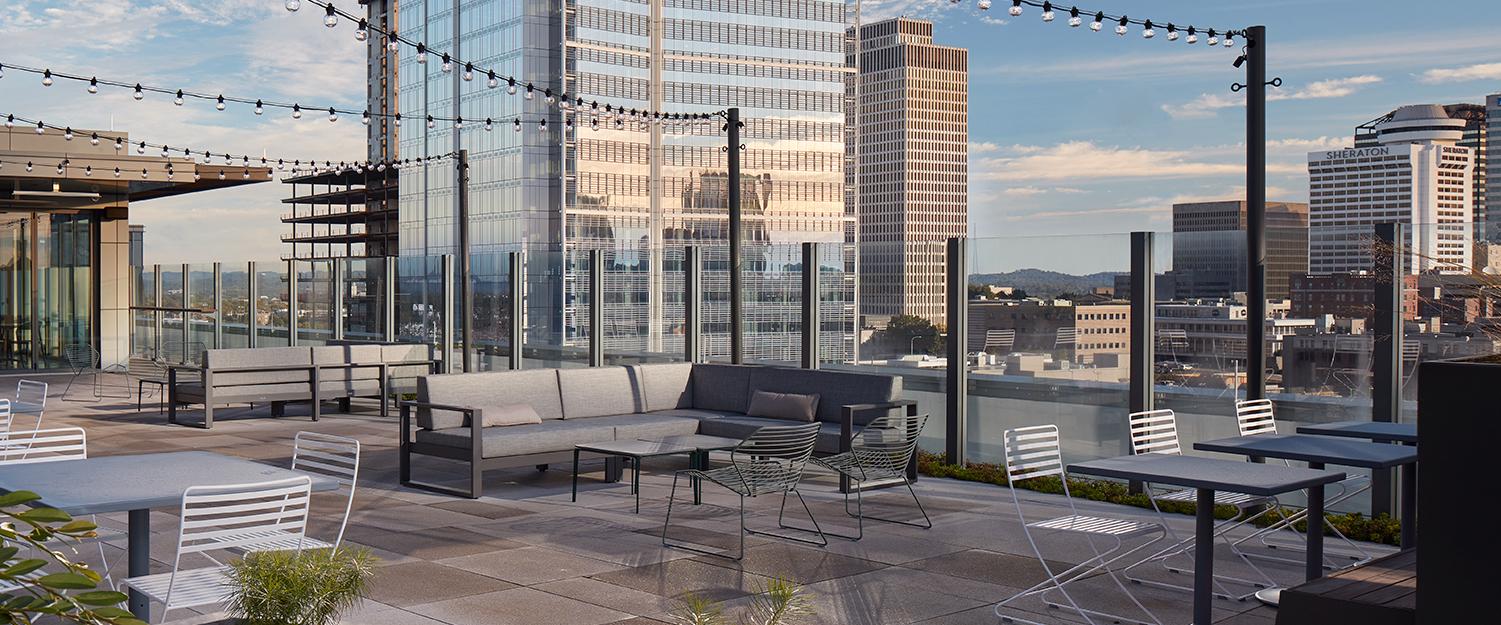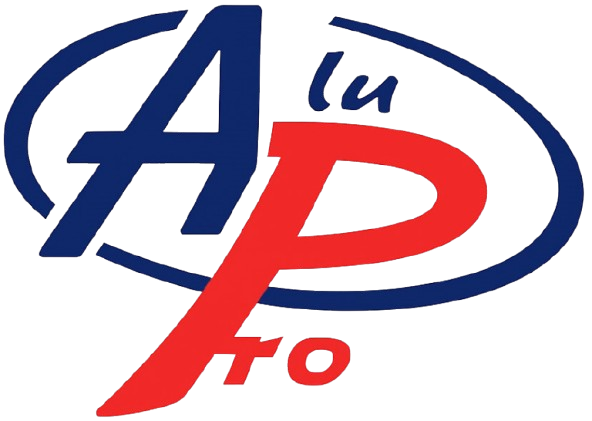Prologue
When conversations circle around vehicular protection, the immediate imagery summoned is that of taut seatbelts or inflating airbags. Rarely does attention divert toward the crystalline barricade at the helm—the windscreen. More than a sheer slab rebuffing gusts, winged intruders, and grit, it serves as a vigilant guardian: upholding clarity, fortifying the chassis, and sheltering occupants with quiet persistence across every stretch of road.
Defining the Windscreen
The windscreen—or windshield, as it is interchangeably dubbed—is the vast facade of tempered transparency guarding a vehicle’s vanguard. Its rudimentary intent appears uncomplicated: provide unobstructed vision while rebuking sleet, rubble, and roaring currents. Yet, its quintessence is richer, transcending such apparent simplicity. Where its early 20th-century ancestors were brittle panes of raw glass, today’s windscreens are marvels of engineering artistry—crafted meticulously to ensure resilience, comfort, and impenetrable safety.
Types of Windscreens
Laminated Glass
The reigning archetype within contemporary automobiles. Constructed of dual glass layers clasping a pliant polymer film, it prevents catastrophic fragmentation—retaining shards in a bonded embrace even under fracture.
Tempered Glass
Born of rapid thermal cycling, this variant exudes durability. When compromised, it relinquishes itself into rounded granules—nonlethal fragments rather than spear-like splinters.
Acoustic and UV-Guarded Glass
Select iterations incorporate sound-dampening technology, ultraviolet repellence, and thermal moderation—transforming the drive into an insulated cocoon.
The Forging of Windscreens
To forge a windscreen is no mere trimming of glass. It is an orchestration of precision:
- Glass sculpted to aerodynamic contour.
- Polymer fused between panes, conferring tensile stamina.
- Specialized coatings applied, heightening UV resistance or muffling noise.
Such layered craftsmanship ensures steadfast protection and durability against relentless elements.
The Defensive Role of the Windscreen
Envision the windscreen as the chariot’s invisible shield. It:
- Bars passengers from violent ejection during collisions.
- Forms the canvas upon which airbags unfurl.
- Strengthens the car’s skeletal structure, critical during rollovers.
Common Maladies Afflicting Windscreens
Even fortified sentinels endure affliction:
- Pebble-induced chips and linear fissures.
- Scratches carved by decayed wiper blades.
- Fogging under climatic extremes, veiling visibility.
Origins of Damage
- Gravel propelled along tarmac arteries.
- Rapid oscillations between frost and heat.
- Rare defects or errant installation mishaps.
Repair or Full Replacement?
Not every scar demands exile. Minor blemishes—coin-sized or smaller, outside the driver’s eye-line—are often redeemable. Yet, elongated cracks, edge intrusions, or compromised integrity herald an inevitable replacement.
Signs for Replacement
- Cracks proliferating like spider veins.
- Distortion warping the driver’s view.
- Moisture seepage or whispering draughts infiltrating through fissures.
The Replacement Ritual
Artisans remove the fatigued pane, cleanse the housing, apply industrial adhesives, and position the successor glass with surgical accuracy. Though the craft itself consumes one to two hours, the adhesive’s cure demands patience before safe voyage resumes.
Technological Advancements in Windscreens
Modern windscreens now border on sorcery:
- Sensors discerning rainfall, commanding wipers unbidden.
- Embedded filaments dissolving frost.
- Heads-up projections guiding with navigation overlays.
- Smart electrochromic glass shifting tint in symphony with sunlight.
Statutory Obligations
A fractured windscreen is no trifling blemish—it is both hazard and legal transgression. Mandates generally dictate:
- Unhindered vision across the driver’s gaze.
- Compliance with annual inspections or roadworthiness decrees.
Maintenance Counsel
- Employ ammonia-free cleansers to safeguard clarity.
- Renew wipers twice yearly, or as fatigue dictates.
- Seek shaded respite to stave off thermal duress.
- Defrost with patience; never anoint the glass with scalding torrents.
Insurance Provisions
Fortuitously, many insurers extend provisions for repair or replacement, oftentimes without disrupting one’s no-claims sanctity. Yet, scrutiny of policy fine print remains indispensable.
The Mirage of DIY Kits
Domestic kits may suffice for negligible blemishes. Yet beyond coin-sized wounds, they falter. Significant cracks demand mastery—entrust them to professionals.
Choosing the Right Artisan
Favor certified specialists, demand warranties, and weigh testimonials. Tempting discounts often mask hidden peril—compromised safety is too costly a gamble.
The Horizon of Windscreens
The windscreen’s future lies in futurism itself: augmented realities flickering across its expanse, hues shifting with command, symbiosis with autonomous technologies—becoming less a barrier, more a portal.
Epilogue
A windscreen is not a trivial pane—it is a guardian wall, a lens of clarity, and a prelude to tomorrow’s motoring odyssey. To preserve it is to preserve the sanctity of safety, and by extension, the lives entrusted within.
FAQs
Can one drive with a fractured windscreen?
One can, though peril shadows the act. Minor chips may linger briefly, but gaping cracks imperil both law and life.
How long does replacement endure?
Roughly 1–2 hours, though adhesives necessitate several more before secure travel resumes.
Does insurance extend coverage?
In many cases, yes—often without tarnishing your no-claims ledger.
Difference between laminated and tempered glass?
Laminated clutches its shards in place, whereas tempered disintegrates into benign pellets.
When must replacement occur?
There exists no calendar deadline—replace whenever vision falters, structure weakens, or safety teeters.

